Bliss Bequest by exchange Curator Anne Umland. Volatile and intense Umberto Boccioni came closest to.
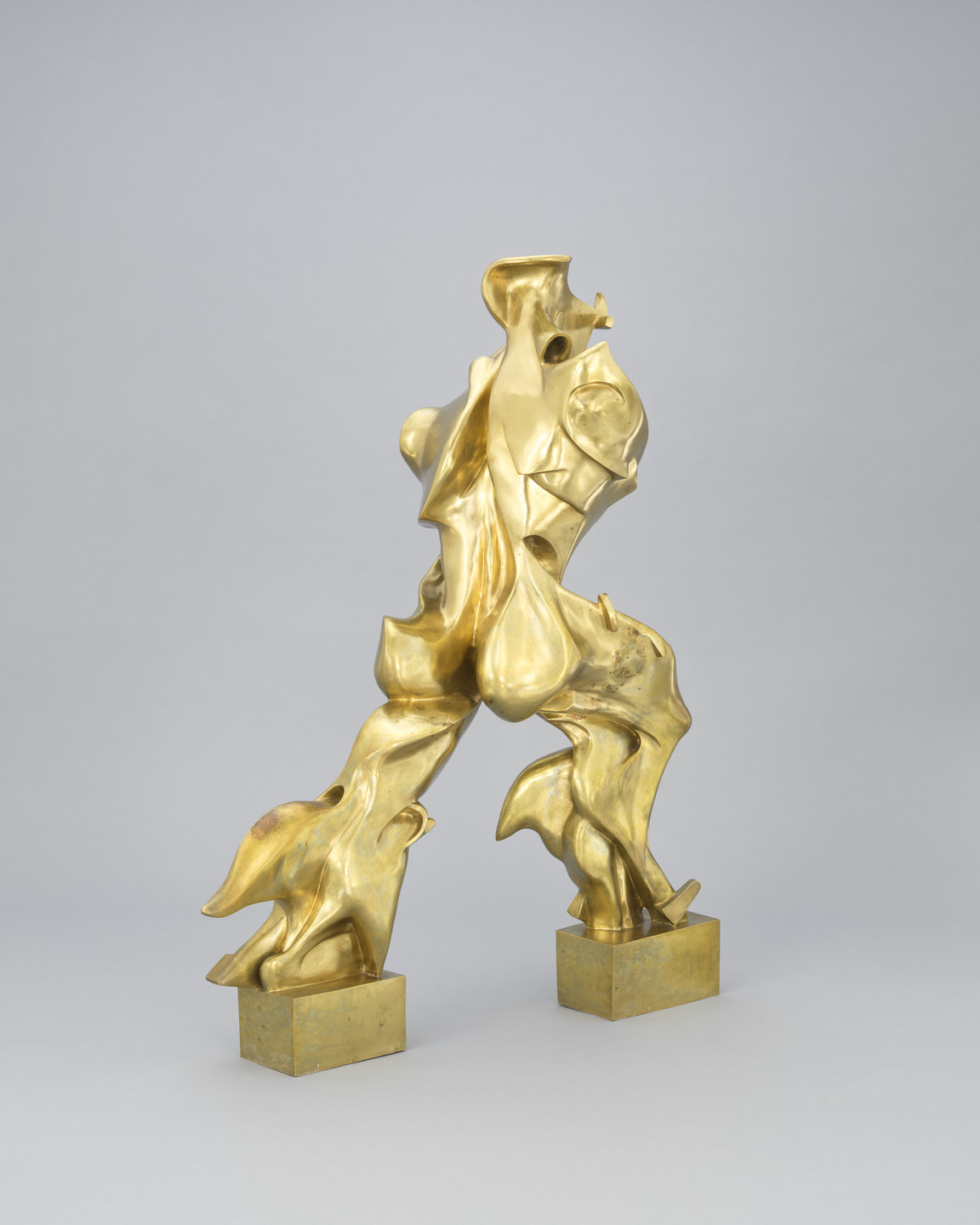
Umberto Boccioni Unique Forms Of Continuity In Space 1913 Cast 1931 Or 1934 Moma
Unique Forms of Continuity in Space integrates trajectories of speed and force into the representation of a striding figure.
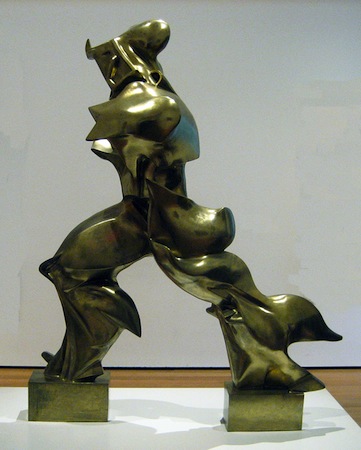
Umberto boccioni unique forms of continuity in space analysis. Umberto Boccionis Unique Forms of Continuity in Space fig. Let us fling open the figure and let it incorporate within itself whatever may surround it In Unique Forms of Continuity in Space 1913 the sleek bronze figure forcefully strides forth its body rippling as. Umberto Boccioni was the father of Futurist sculpture.
Impossible dreams of a speed freak. Unique Forms of Continuity in Space was created in 1913 by Umberto Boccioni in Cubism style. Unique Forms of Continuity in Space is Boccionis most well-known work and is considered a masterpiece of early modern sculpture The piece was originally cast in plaster and the bronze version seen below and in museums around the world was cast long after the artists death.
Acquired through the Lillie P. Unique Forms of Continuity in Space is a Futurist and Cubist Bronze Sculpture created by Umberto Boccioni in 1913. Umberto Boccioni Unique Forms of Continuity in Space.
Umberto Boccioni enthused about new inventions such as cars and electricity. The figures marching silhouette appears deformed by wind and. Futurist painter and sculptor Umberto Boccioni sought to infuse art with the speed power and dynamism of the machine age proclaiming in the Manifesto of Futurist Painters 1910.
The Futurists wanted art to break from the Classical and Renaissance styles still dominant in Italy at the start of the Twentieth Century. 34 1112 x 885 x 40 cm. For some Unique Forms of Continuity in Space shows a figure striding into the future.
Bronze 43 78 x 34 78 x 15. In Unique Forms of Continuity in Space the figure is aerodynamically deformed by speed. Unique Forms of Continuity in Space.
As Futurisms leading art theorist Boccioni considered the work of other. Unique Forms of Continuity in Space depicts a powerful human form in action seemingly flying or gliding through the air. Up until 1912 Boccioni had been a painter but after visiting.
Unique Forms of Continuity in Space. The unknown figure strides through space almost appearing in a superhuman fashion. The futurist movement was founded by writers and artists like Umberto Boccioni who enthused about new inventions such as cars and electricity.
Estorick Collection London N1 until 19 April. Boccionis Unique Forms of Continuity in Space a sculpture depicting an abstracted quasi-human form in motion was considered at the time of its making to represent the height of achievement when it came to depicting movement through the plastic arts. This bronze gleaming figure by the Italian artist Umberto Boccioni seems caught somehow to me between the classical.
In Unique Forms of Continuity in Space the figure is aerodynamically deformed by speed. One of the masterpieces of early modern sculpture. Unique Forms is one of a series of sculptures of striding figures that Boccioni created in 1913.
Umberto Boccionis Unique Forms of Continuity in Space. The image is used according to Educational Fair Use and tagged Speed. 1913 cast 1931 or 1934 505.
It does not depict a particular person at a specific moment but rather synthesizes. MoMA Floor 5 505 The Alfred H. It lives at the Metropolitan Museum of Art in New York.
The billowing figure captures the essence of forward motion and seems to defy its heavy material form. Max Carter Head of Impressionist and Modern Art in New York tells the story of a career-defining Futurist work made just two years before the artists tragic death. Boccioni exaggerated the bodys dynamism so that it embodied the urge towards progress.
Unique Forms of Continuity in Space by Umberto Boccioni. The Unique Forms of Continuity in Space was created by Umberto Boccioni in 1913. Umberto Boccioni Unique Forms of Continuity in Space 1913 cast 1931 or 1934 On view.
Boccioni did not show this through the repetition of arms legs and faces but by having fluid drapery flow behind and being armless. 254 is a work in the _____ style asked Sep 3 2016 in Art Culture by Gandalf art-appreciation. Unique Forms of Continuity in Space has also been compared to Rodins armless Walking Man of 1907.
On 11 April 1912 the Italian artist Umberto Boccioni 1882-1916 published his Technical Manifesto of Futurist Sculpture. Unique Forms of Continuity in Space. This was one of Boccionis few cast pieces however he skillfully executes the essence of the futurist movement.
The Futurists celebration of the fast pace and mechanical power of the modern world is emphasized here in the sculptures dynamism and energy.

Umberto Boccioni Unique Forms Of Continuity In Space Smarthistory

All You Need To Know About Boccioni S Unique Forms Of Continuity In Space Widewalls
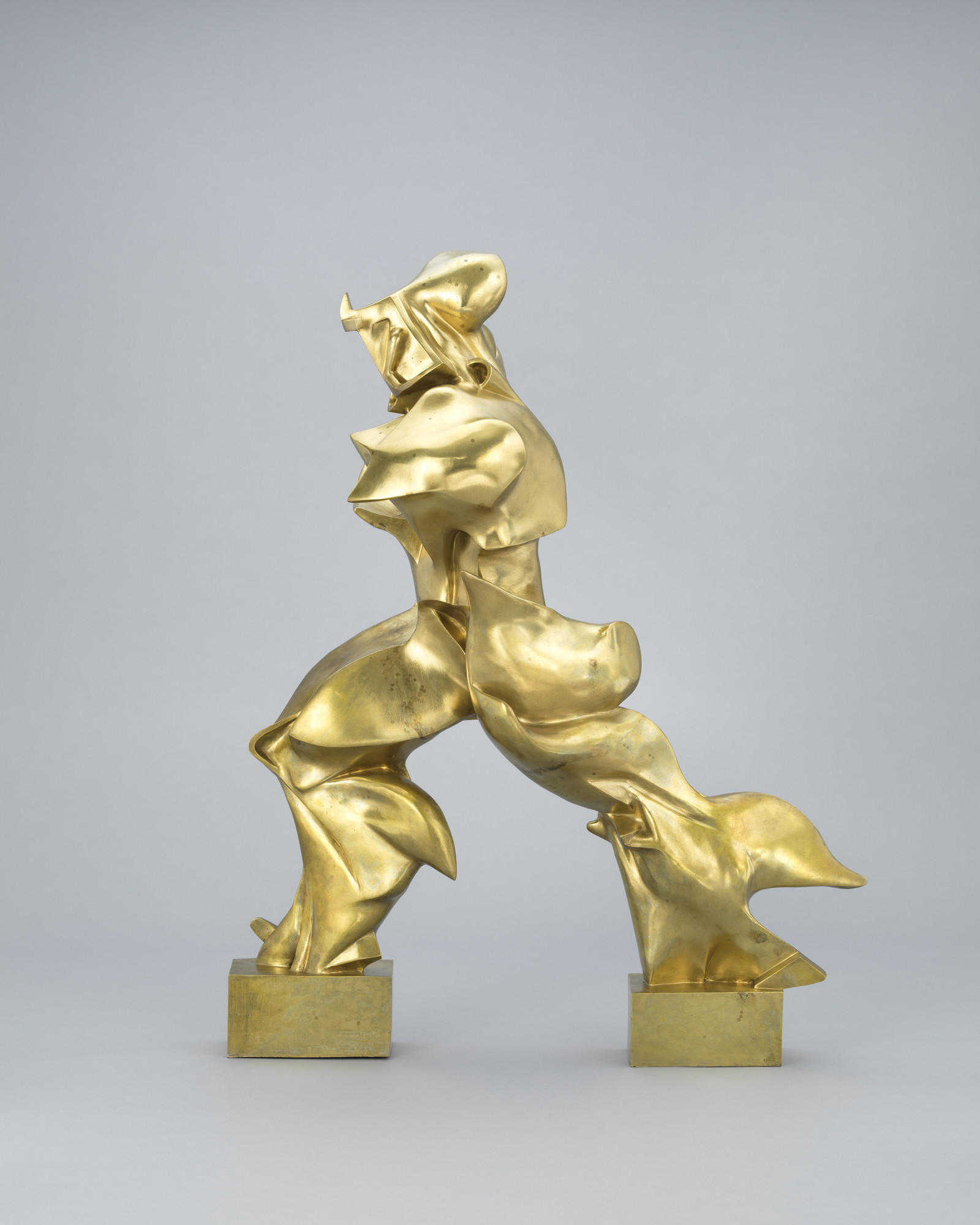
Umberto Boccioni Unique Forms Of Continuity In Space 1913 Cast 1931 Or 1934 Moma

Umberto Boccioni Unique Forms Of Continuity In Space Article Khan Academy
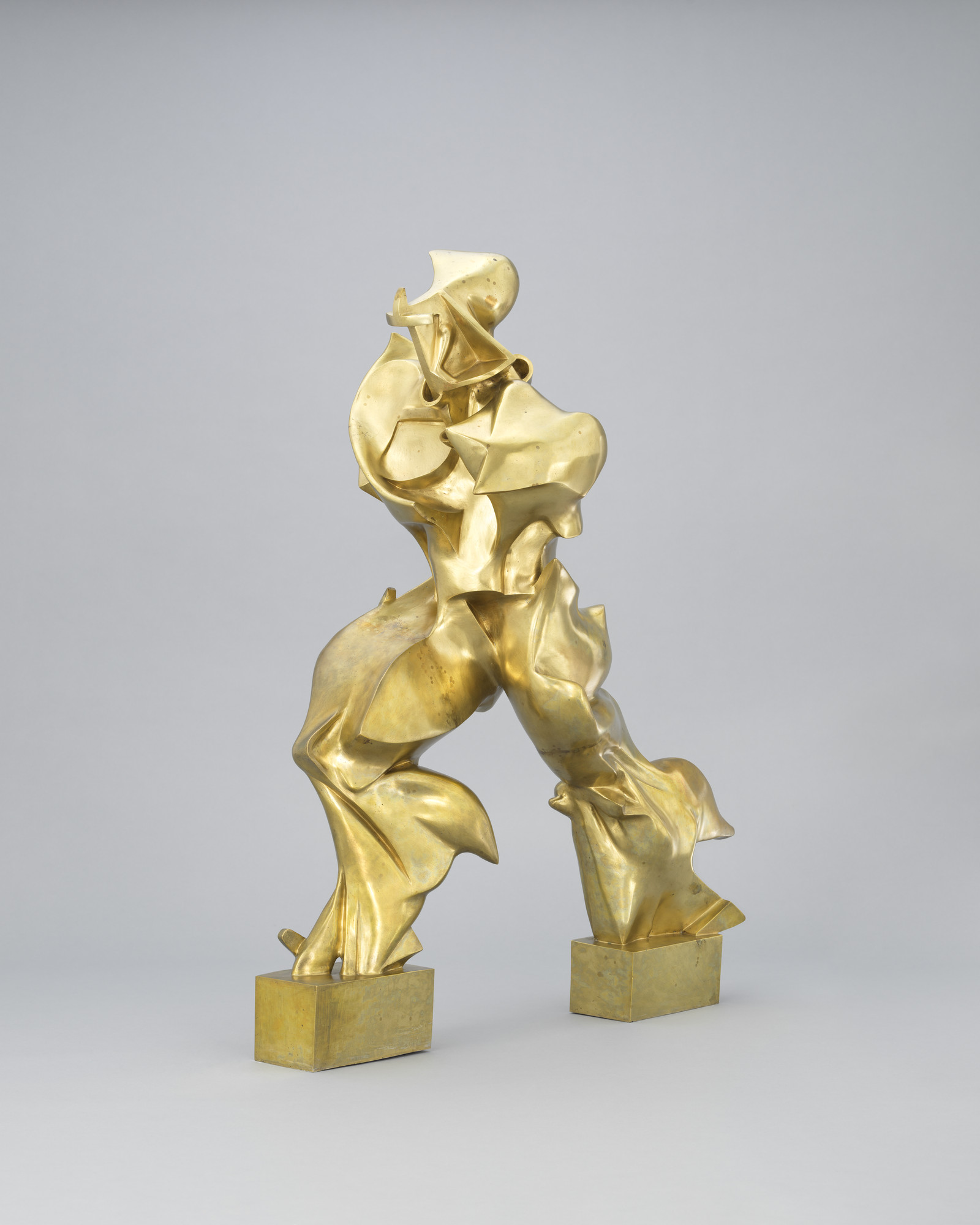
Umberto Boccioni Unique Forms Of Continuity In Space 1913 Cast 1931 Or 1934 Moma
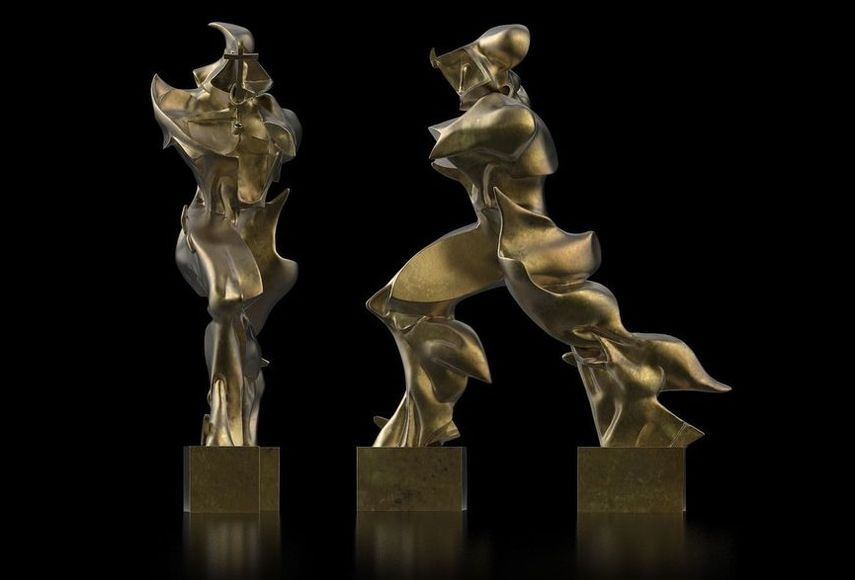
All You Need To Know About Boccioni S Unique Forms Of Continuity In Space Widewalls

Unique Forms Of Continuity In Space Umberto Boccioni 1913 Cast 1972 Tate
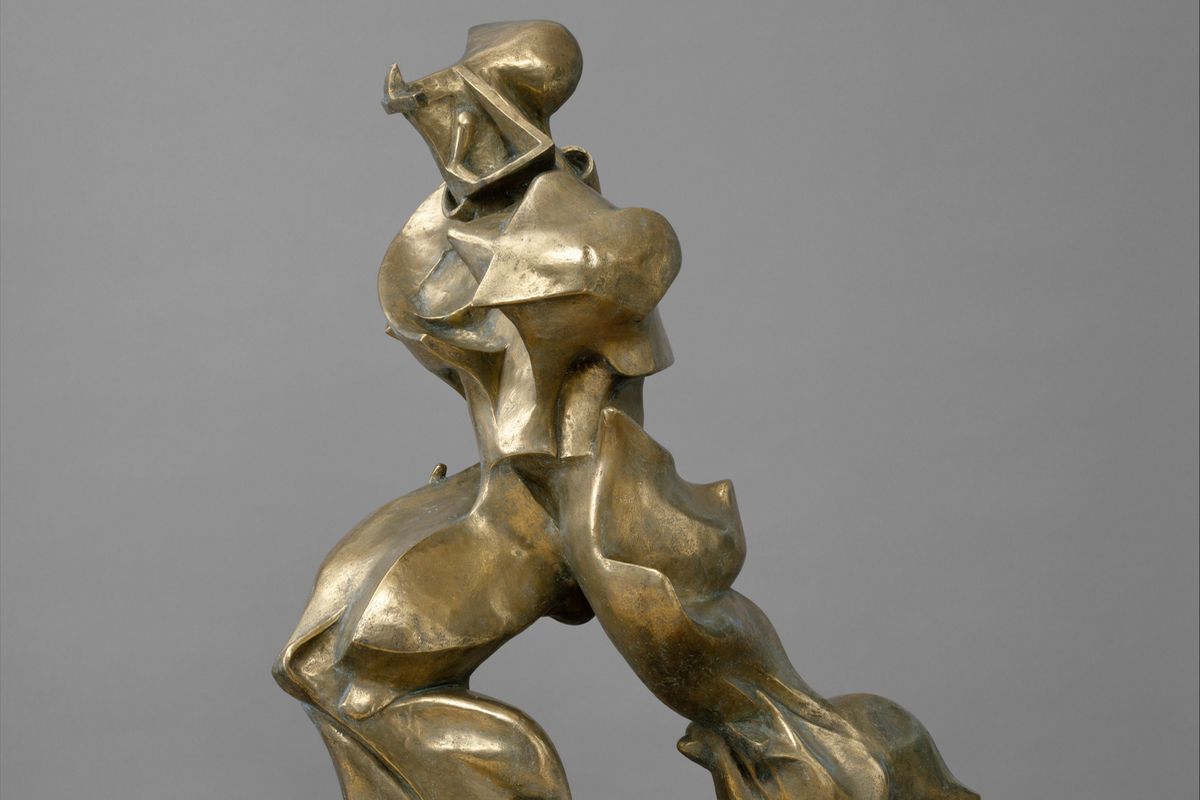
All You Need To Know About Boccioni S Unique Forms Of Continuity In Space Widewalls

All You Need To Know About Boccioni S Unique Forms Of Continuity In Space Widewalls
0 comments:
Post a Comment